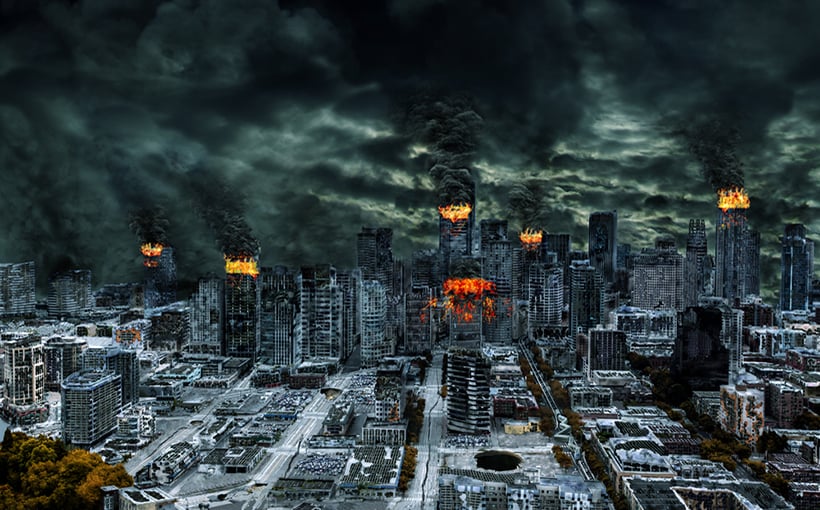The office sector has been the subject of many negative headlines in recent months, but experts are quick to point out that these headlines fail to capture the nuances of this industry. While some buildings may be struggling, others continue to perform well and attract tenants. In this series, we will explore various aspects of the office sector beyond just its current challenges.
One common misconception is that all office buildings are facing a crisis. However, as CREXI’s Eli Randel explains, many buildings are still performing strongly despite external factors affecting their value and perception.
Hayim Mizrachi from MDL Group adds that it’s important to note that these “office is dead” headlines mainly refer to high-rise offices in busy cities with long commutes for employees. Class A buildings with great amenities and convenient locations remain highly sought after by companies looking for a new corporate home.
Adam Showalter from Stream Realty Partners describes the current state of the office sector as “bifurcation,” where there is a clear divide between top-performing properties (the “haves”) and those struggling (the “have nots”). The demand for newer trophy assets remains strong while lesser-located or older properties may struggle more.
KDC’s Aarica Mims notes that Class A buildings with attractive amenities packages within walking distance of restaurants and other activities are at the top of companies’ wish lists when choosing an office space. This trend can be attributed partly due to employees’ desire for an overall positive experience rather than just a place to work.
While newer Class A assets continue attracting occupiers, some experts suggest not counting out older spaces yet – they have their place too! Tony Russo from Lee & Associates points out how private owners have upgraded their B+ class structures in Chicago suburbs while Scott Morse from Citadel Partners highlights how mature but well-located properties offer tremendous value for businesses looking at cost-effective options without compromising on location or quality.
Looking ahead, Mosaic Construction’s Ira Singer predicts that repositioning older spaces and upgrading technology will be key drivers for commercial office building owners to attract and retain tenants. Petra Durnin from Raise Commercial Real Estate also suggests incorporating features like AI concierge services, maintenance robots, green spaces or vertical farming in buildings to improve the tenant experience.
In conclusion, while it is true that office vacancies are on the rise, not all hope is lost for this sector. As Petra Durnin puts it: “All office space is not created equal” – some may face challenges but others continue to thrive. It’s important to look beyond the negative headlines and understand the nuances of this industry before making any sweeping conclusions about its future prospects.




